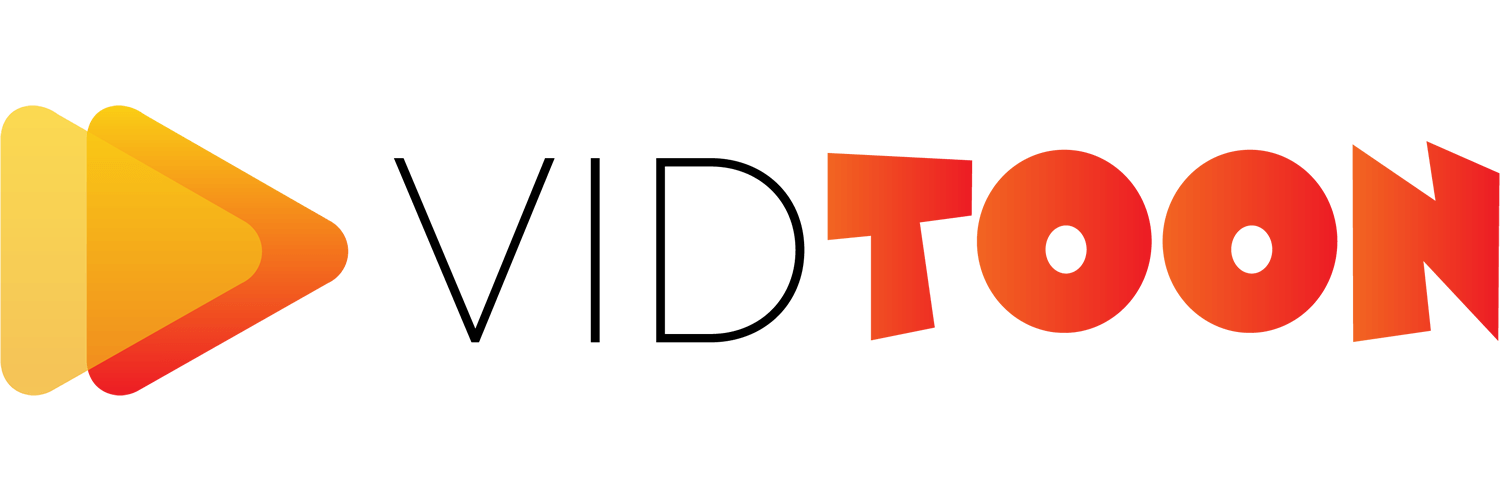

Voice Generators usually accommodate all voices depending on customers’ needs and preferences. You can find female voices, male voices, children voices as well. However, there is a noticeable observation that female voices are more frequent and more renowned among creators and video makers.
There has always been this need for diversity in voice variations in AI voice generators. In the early days when developers first experimented with different voices and pitches, there wasn’t much versatility when it comes to voices.
However, in recent years where the complex text to speech generators have been adapted in combination with new software analysis, it is more common to produce many human-like voices.
The act of selecting which voice suits a project best is not random. There is a complete thought process, analysis, case studies, and observations that go through this decision. Female voices are usually considered the first choice among creators for different reasons: voice pitch, intonation, etc.
How does the use of Female gender voiceover affect the reliability of a project and eventually the success of its campaign?
Surprisingly, female voices were not that easy to develop back in the days. The acoustics of speech is one of the main reasons for its difficulty. Based on a paper entitled Female voices in speech synthesis written by Inger Karlsson from the Department of Speech Communication and Music Acoustics in Sweden, the higher fundamental frequency for a female voice results in greater uncertainty in the specification of formant values.
In simple words, the average frequency; at which vocal cords vibrate in voiced sounds, is different between men and women by around 0.9 octaves. Also, formant bandwidths which refer to the concentration of acoustic energy around a particular frequency in the speech wave, are only about 20% higher for women. Therefore, it implies that few harmonics are part of the formants bandwidth for females than for male speakers. For that reason, the formants will be less well specified.
There is also the fact that male voices and child voices limit the range of possible voices for women from both ends.
Therefore, listeners will more likely criticize female synthetic voices than Male or child counterparts.
Not only did researchers always worked on perfecting and producing high-quality human-like voices using AI voice generators, but there were also attempts to make voice generators speak with different voices.
Text to speech generators was originally created to produce voices depending on the voice of the master/creator. Only male voices were developed since this domain was male-dominated back then. There weren’t enough Female researchers in this field back then and there isn’t enough today as well. In 2018, and based on an estimate by Montreal research firm Element AI to analyze the diversity of leading machine learning researchers, women make up only 12%.
The number may seem minimal, but it’s considered an improvement in the AI research industry.
As more time passes, more advanced text-to-speech generators become available. The female voices have switched from sounding male-like to sounding more female. Female voices are now produced by synthesis. However, the work is not done yet until researchers can accumulate data to differentiate different voice qualities.
How often do you pay attention and notice that most ads broadcasted on TV or social media have either Female presenters or female-dominated cast?
Female voices play a huge role in delivering any kind of speech. The impact you receive from having a female voiceover is far more noticeable than with Male voices.
They are usually used for products aimed at women first and foremost. However, other industries prefer Female voices as well for many reasons.
Around 78% prefer female voices if used in intimate ads, or in other words, female-targeted ads. For non-intimate products, 74% explicitly selected female voices as their first choice.
This goes to show that even though male voices are considered strong, impactful, and give off that authoritative feeling, they do not sound persuasive for most people.
It appears that people believe content narrated by a female voice friendly, trustworthy, sincere, and intimate. These four qualities are why companies tend to hire females. They use female voices to portray their product as appropriate and believable.
The voice gender is usually set by the service if discussed from an AI voice generator standpoint. Train stations for example often use high-pitched voices since they are convenient in crowded spaces with passengers and train noises.
Many GPS devices and computer text-to-speech programs consume female AI voices to a greater extent. So as demand increases so do inventions.
A different viewpoint to take into consideration lies in history.
Back in the World War II era, in order to distinguish between male voices as most pilots were male, navigation devices used to employ female voices.
We can confirm that many factors throughout history have contributed to the huge presence of female voices in AI voice generators. Some can be a result of historical events and some can be attributed to societal context and the general public’s stance.